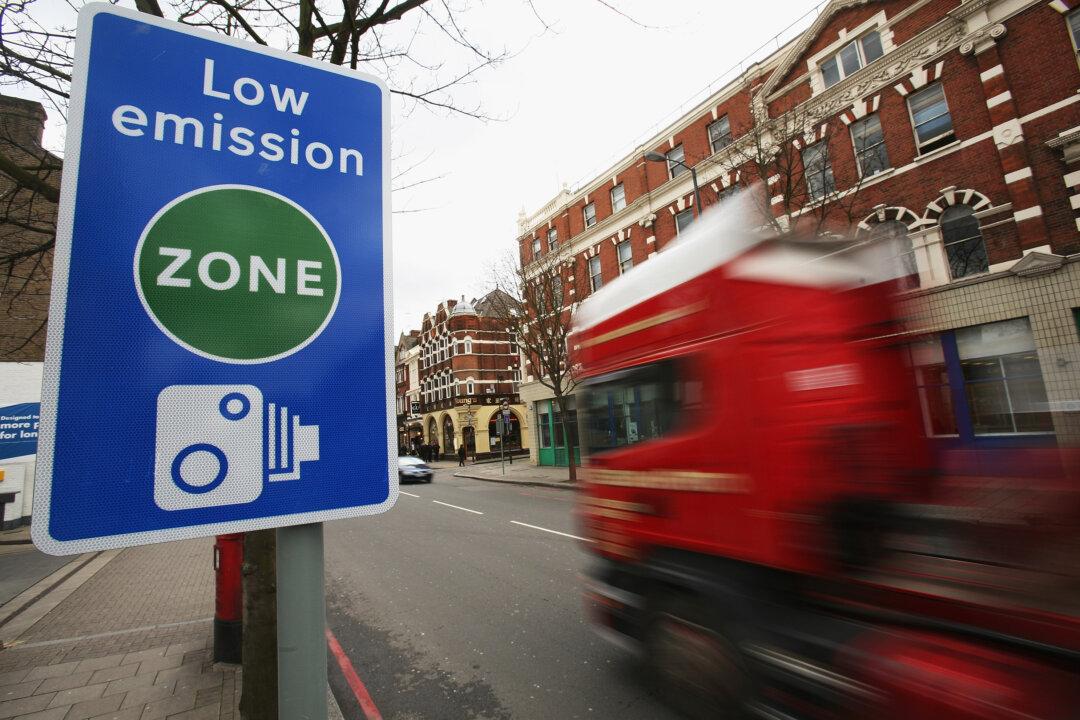British researchers are sounding the alarm on diesel-linked air pollution, claiming it is stunting the growth of children’s lungs and placing them at risk of severe asthma attacks, lung disease, and early death.
The new study based in London also found that even when steps were taken to successfully improve air quality, the changes were not enough to reduce the damage in children’s lungs.





